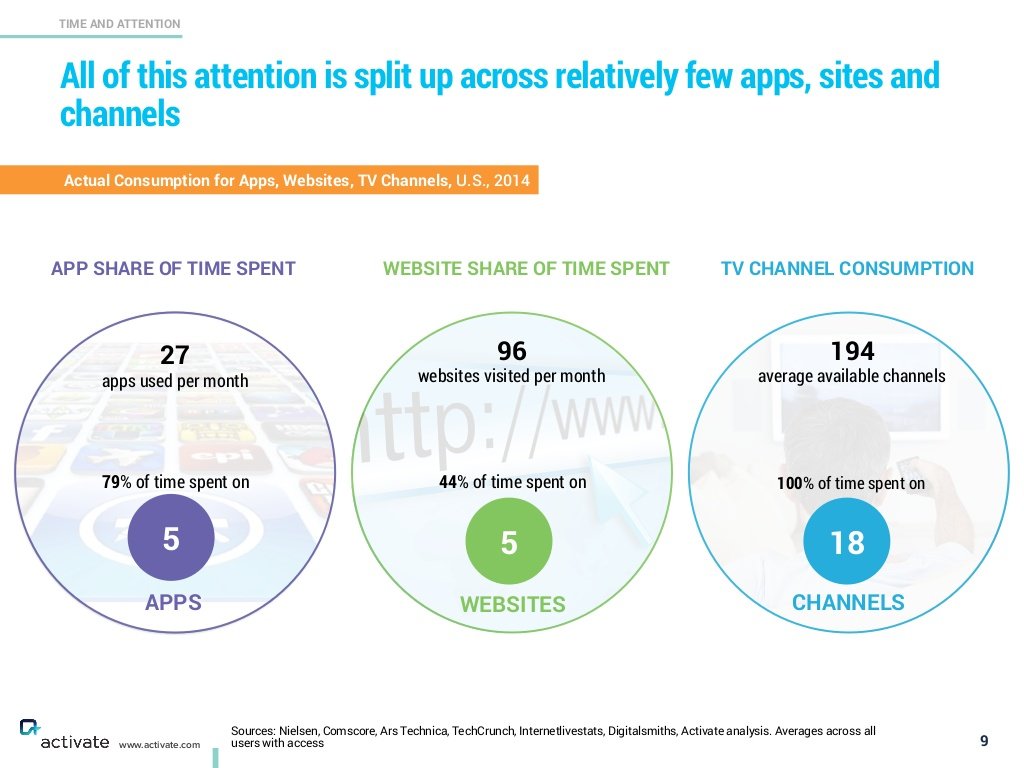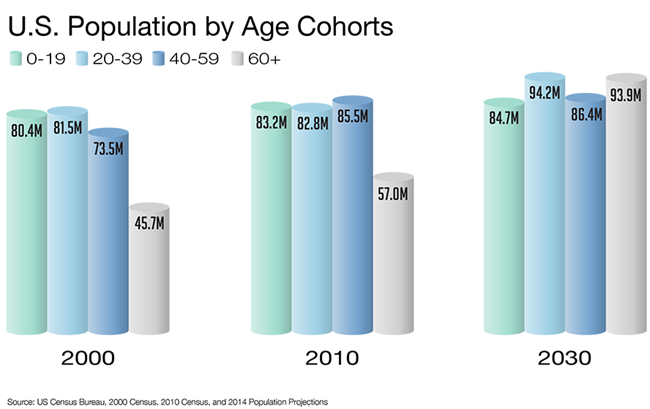CHART OF THE DAY: The Technology Adoption Curve
Super piece on the BlackRock Blog from a few days ago titled The Topic We Should All Be Paying Attention To (in 3 charts), that is the source of today's Chart of the Day.
BlackRock is a major player in the financial/investment banking space, so the main point of their post was that instead of the seemingly endless hand-wringing amongst many financial markets observers in the US in the last 6 months or so regarding the potential .25% increase in the Fed Funds rate, folks should be thinking about the US economy much more holistically.
BlackRock's piece did have 3 charts to back up this point, and all are excellent, but I picked the one below, on the historical technology adoption curve for a selection of consumer technologies in the US over the last 100 years or so. I love this chart, have used a similar one in the past in some presentations I have done, and will happily steal this one in the future.
Here is the chart, then as I am compelled, some FREE commentary from me after the data:

As we can see from the data, in the last 15 years or so the technology adoption curves for some more recent tech innovations have become much, much steeper, almost vertical. It took the telephone maybe 50 years from its introduction to become almost universally adopted; more modern inventions like cell phones and PCs have taken maybe half as much time to reach similar adoption levels.
Technologies are becoming widely, almost completely adopted much faster than in the fairly recent past. And while that is noteworthy in itself, the nature of and how many of these technologies are being utilized for 'work' purposes is perhaps even more important.
Many of the older technologies like radio, television, and microwaves were mostly about personal, in-home usage, and primarily oriented around improving the quality of leisure time. But in the last 20 years or so technologies like cell phones, the internet, and tablets, while still all offering a 'leisure' set of capabilities, have also become essential work and productivity tools and platforms for most everyone.
So not only are modern technologies becoming adopted more rapidly, they also are more likely to begin as or at least evolve into tools for work, commerce, and productivity. We never really (unless you worked directly in the industry), gained much income or market share or anything from watching more TV or listening to the radio in your car. In fact, these technologies often took you away from 'work'. And that is not necessarily a bad thing.
But now whether it is your iPhone, wifi everywhere, your 'work' Twitter account you use to share job openings at your company - today's technologies are as much about getting stuff done as they are about avoiding the things we ought to be doing.
No judgment from me on that. Just an observation. I love technology. It is letting me 'work' on this post at the same time as I am watching a bunch of oversized men play a kid's game in an arena 1000 miles from here.
Have a great Wednesday!

 Steve
Steve



